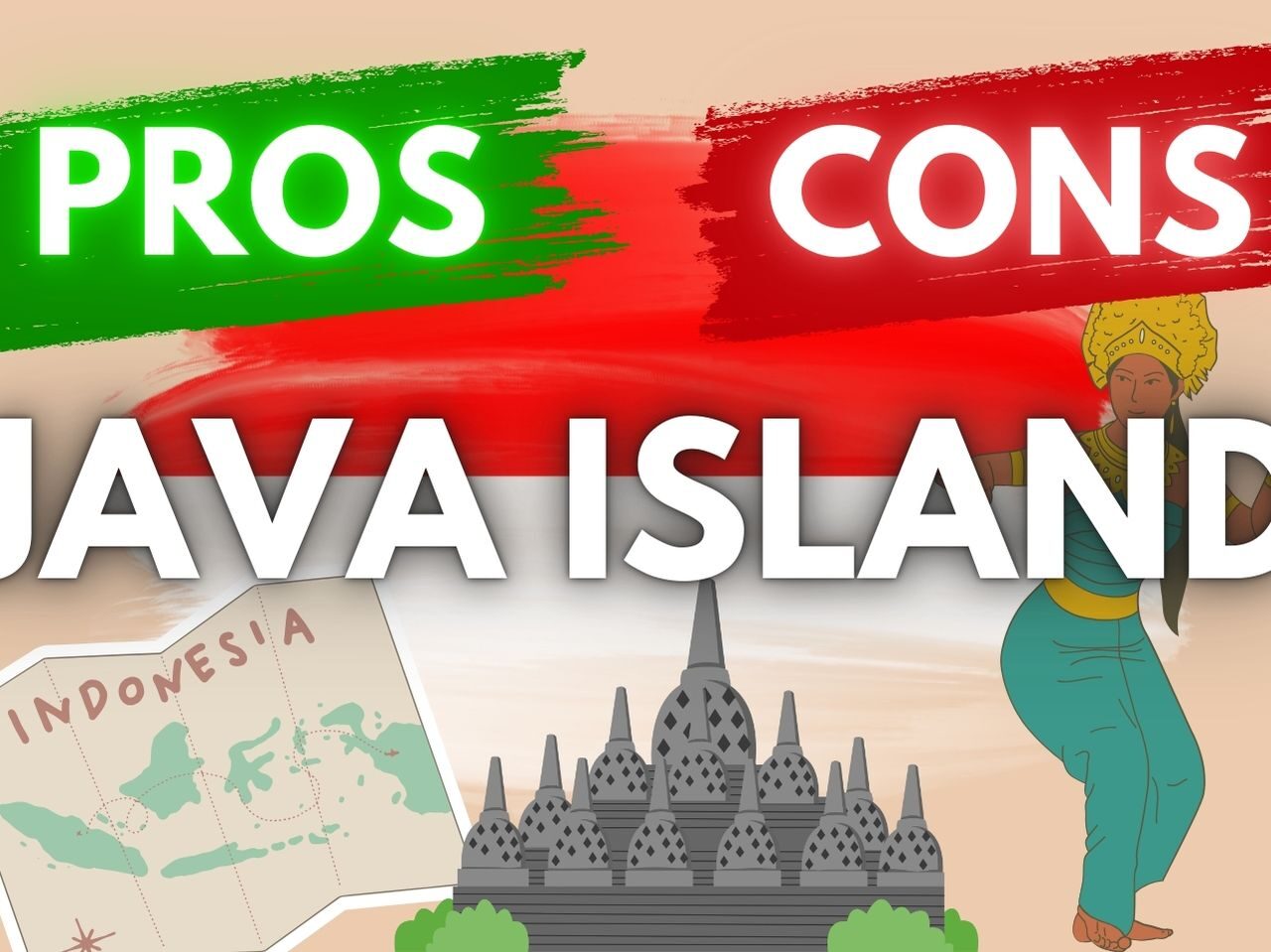So I finally made it to Java Island – you know, that gorgeous slice of Indonesia everyone’s always talking about?
Gotta say, the hype is real – stunning views, super old temples, and food that’ll make your taste buds do a happy dance. But listen, it’s not all Instagram perfection.
Before you book those flights, here’s the real deal: some spots get crazy packed with tourists, the rain can show up outta nowhere, and yeah, there’s a trash problem in a few places.
Anyway, I thought I’d share my whole Java experience – the awesome stuff and the not-so-great bits too. Wondering if it should be your next vacation spot? Let’s figure it out together!
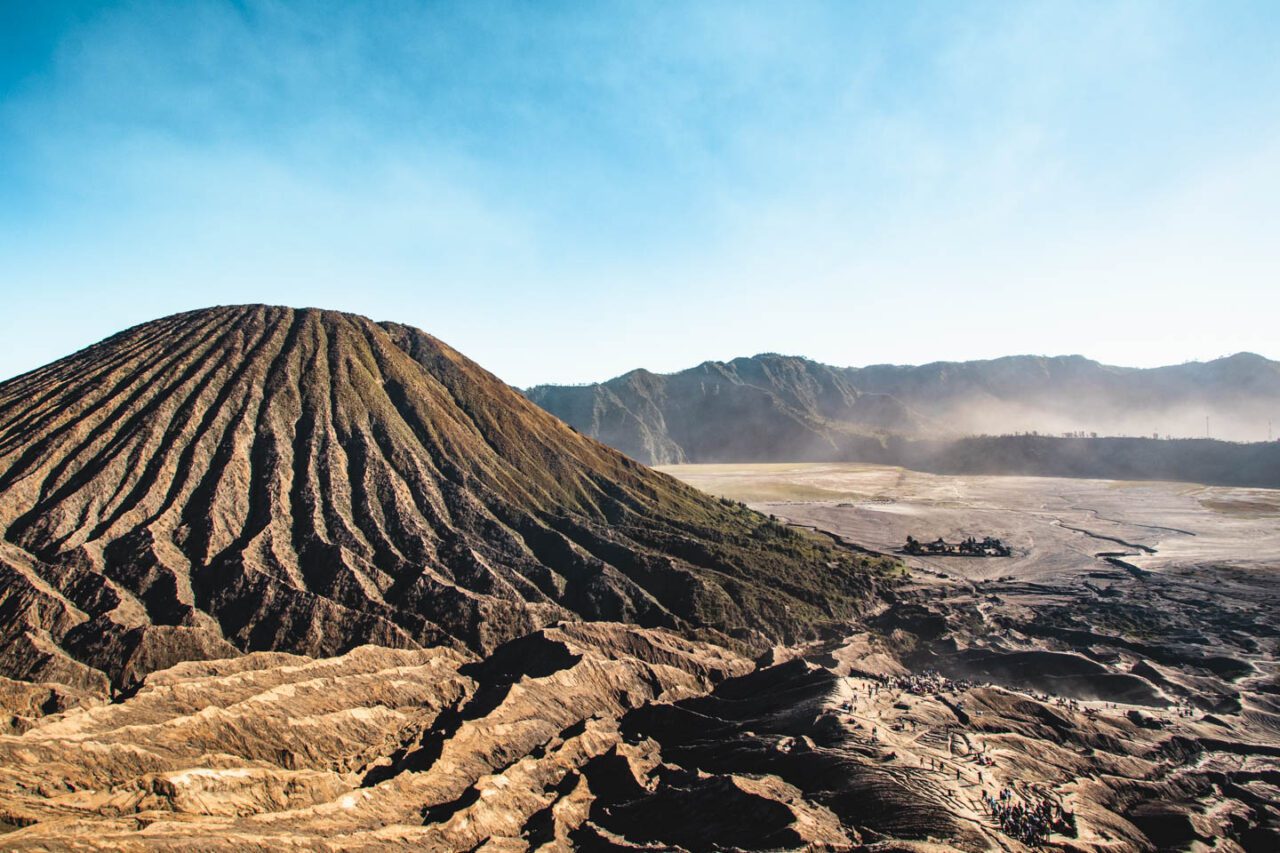
Why Java Island Is Actually Pretty Amazing
1. Culture That’ll Blow Your Mind
Java’s got this whole history and culture thing that totally sticks with you. Like, weeks after I got home, I was still thinking about it.
First stop? Those Borobudur and Prambanan temples. Trust me, pictures don’t do them justice – they’re WAY more impressive in person.
Oh, and try to catch that Ramayana Ballet show if you can. I’m not usually into dance performances, but this one had me completely hooked – the costumes are wild!
I also spent an afternoon making batik fabric art, which was super fun even though mine looked nothing like the instructor’s. Hey, at least it makes for a great story when people ask about that weird–looking cloth hanging in my living room!
Don’t skip the Sultan’s Palace in Yogyakarta either. It’s got this vibe that makes you feel like you’ve stepped back in time or wandered onto a movie set.

2. Nature That’ll Make Your Jaw Drop
The landscapes in Java? Absolutely nuts.
One day you’re looking at smoking volcanoes, the next you’re wandering through these crazy green rice fields, and then suddenly you’re in the middle of a plantation that seems to go on forever.
Getting up at 3 AM for Mount Bromo sunrise was ROUGH, but holy moly – when that first light hits the volcano, you forget how tired and cold you are. Seriously, goosebumps.
Then there’s Kawah Ijen with its weird blue fire thing happening inside the crater. Not gonna lie, the hike was brutal, but seeing those blue flames flickering in the dark? Worth every blister.
If you’re into nature stuff, Java’s basically heaven. Beaches, rainforests, waterfalls – you could spend months here and still not see it all. My three weeks felt way too short!

3. Food That’ll Make You Text Your Friends
OK can we talk about the FOOD for a sec? Actually, the food was like half the reason I wanted to go to Java in the first place.
It’s next–level tasty – they’ve got these spices and flavors that somehow manage to be super bold without completely destroying your taste buds (though I did sweat through a few meals lol).
You gotta try the local stuff: mie goreng (basically the best fried noodles ever), gado gado (veggies with this killer peanut sauce), gudeg (sweet jackfruit that doesn’t taste like you’d expect), and satay (meat on sticks but SO much better than that sounds).
And don’t even get me started on the coffee. I’m pretty picky about my coffee, and Java’s brew made me consider extending my trip just for more caffeine time. Brought some beans home but they never taste the same as having it there.

4. People Who Actually Like Having You Around
The locals in Java are something else – their whole hospitality vibe isn’t just for show, it’s deeply woven into how they live.
Skip the hotels if you can and try staying with families instead. Sounds awkward, right? It’s not! It’s more like “instant friends” than “awkward houseguest.”
My homestay near Kawah Ijen was hands-down the highlight of my entire Indonesia trip.
The family I stayed with treated me like their long–lost relative, not some random tourist who was paying them. We still chat on WhatsApp sometimes!
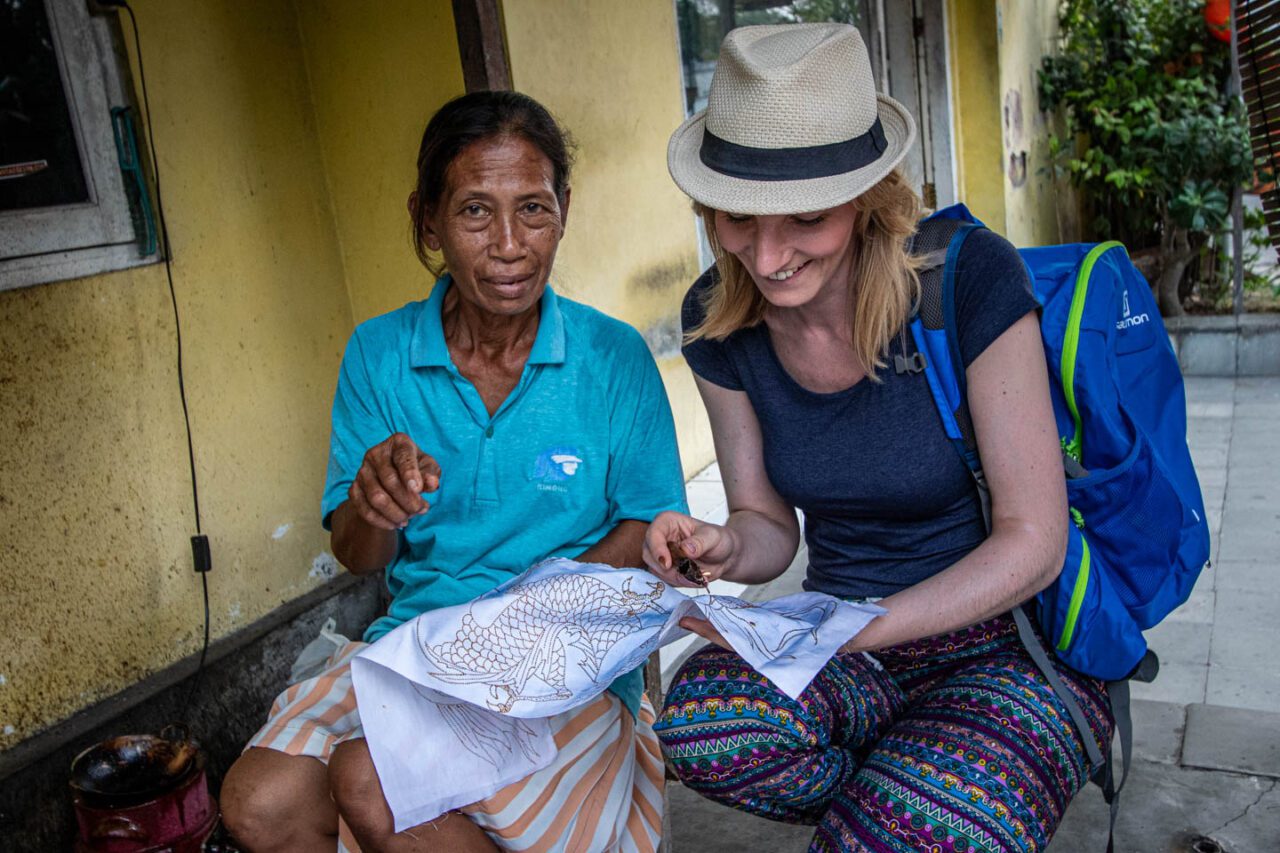
5. Stuff to Do for Literally Everyone
Java’s got this cool mix of everything – doesn’t matter if you’re a history nerd, adrenaline junkie, or just someone who likes to eat your way through vacations (guilty!).
One day you can be geeking out over ancient temples, the next day huffing and puffing up a volcano, and then maybe spending the next day doing absolutely nothing on a gorgeous beach.
Oh, and the markets! I dropped wayyy too much money buying things I definitely didn’t need.
You could honestly be here for months and still have a mile-long to-do list. I was there for three weeks and barely scratched the surface.
No matter what kind of traveler you are, Java’s gonna leave you with stories you’ll be boring your friends with for years. (Sorry not sorry, friends!)
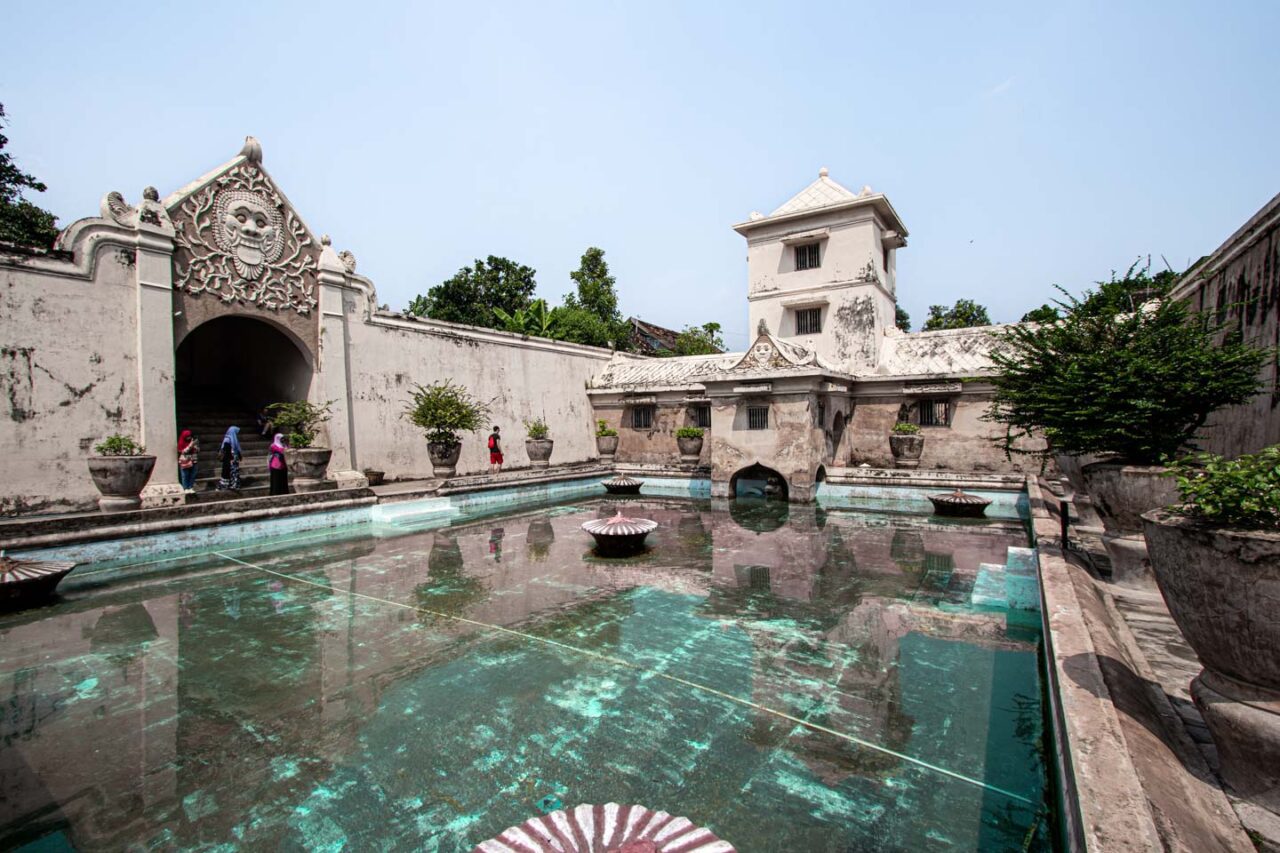
The Not-So-Great Stuff About Java Island
1. So. Many. Tourists.
Alright, real talk – Java can get packed with tourists, which kinda messes with the whole “peaceful exploration” vibe.
Those famous spots like Borobudur and Prambanan? Yeah, expect to share them with approximately eight million other people taking selfies, especially during high season.
Pro tip: Drag yourself out of bed super early or go on random weekdays to avoid the worst crowds. Even better, visit between May and October when most tourists are somewhere else.
If you really want to avoid the tourist conga line, check out less famous spots like Candi Sukuh temple or the beaches around Pangandaran. That’s where you’ll find the Java experience that doesn’t come with a side of tourist overwhelm.

2. Traffic That’ll Test Your Patience
Getting around Java can be… an adventure in itself. The traffic in Jakarta and Yogyakarta is completely bonkers – like, “sit in the same spot for an hour” kind of bonkers.
You can dodge some of the traffic headaches by exploring during off-hours or using bikes and those cute little becaks (rickshaws) to zip around when cars are stuck.
Whatever you do, don’t plan anything important right after transportation. My train to Surabaya was supposed to take 3 hours but showed up 5 hours late.
And apparently that’s totally normal! Build in some serious buffer time or you’ll drive yourself crazy.
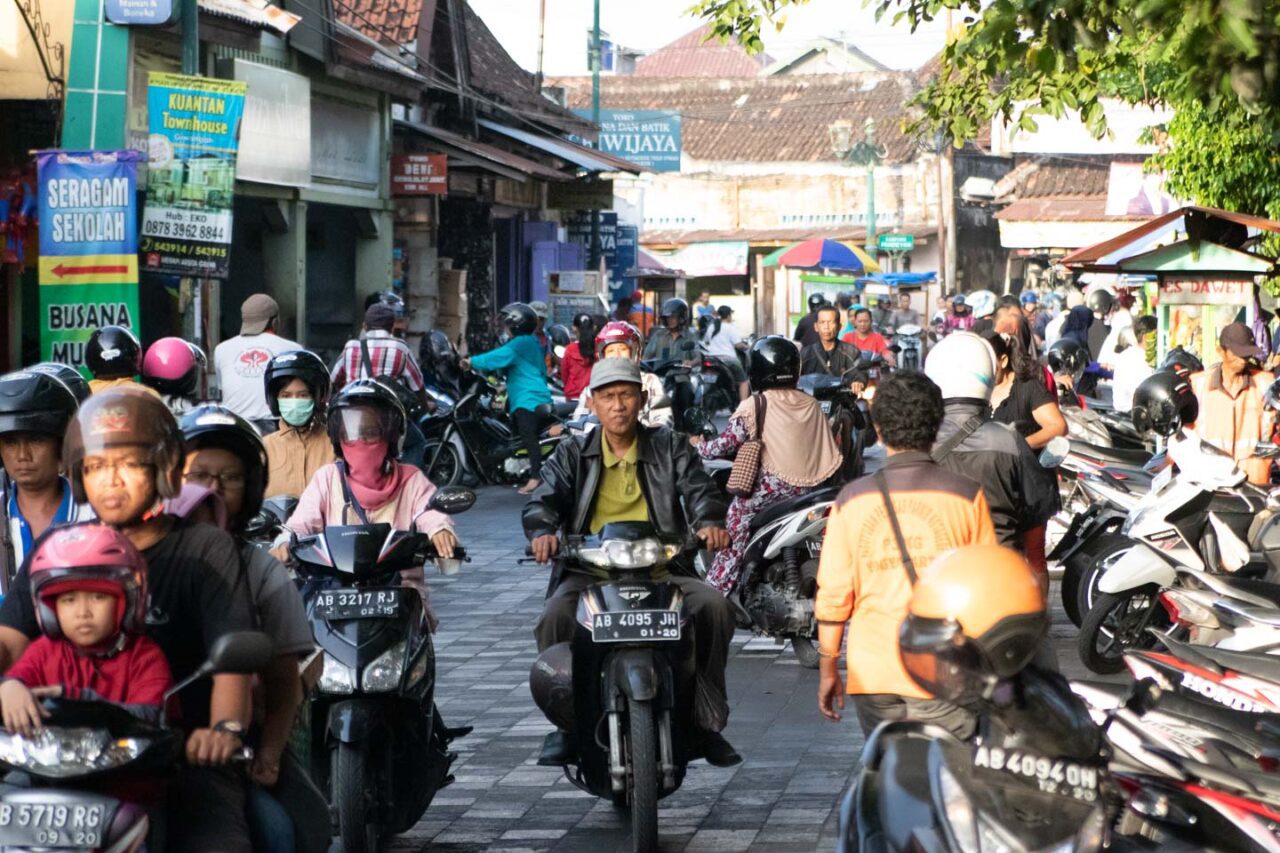
3. Weather That Changes Its Mind Every 5 Minutes
The weather in Java has serious commitment issues, especially from November to March when it’s rainy season.
Picture this: I hiked all the way up to this perfect sunset spot at Borobudur, camera ready, waiting for that golden hour magic… and then BOOM!
Absolute torrential downpour out of nowhere. Got completely soaked but honestly couldn’t stop laughing.
Definitely pack a rain jacket or poncho, and maybe don’t get too attached to your plans.
Sometimes the weather curveballs lead to the coolest experiences anyway – like the impromptu karaoke session with strangers at a café while waiting out the rain!
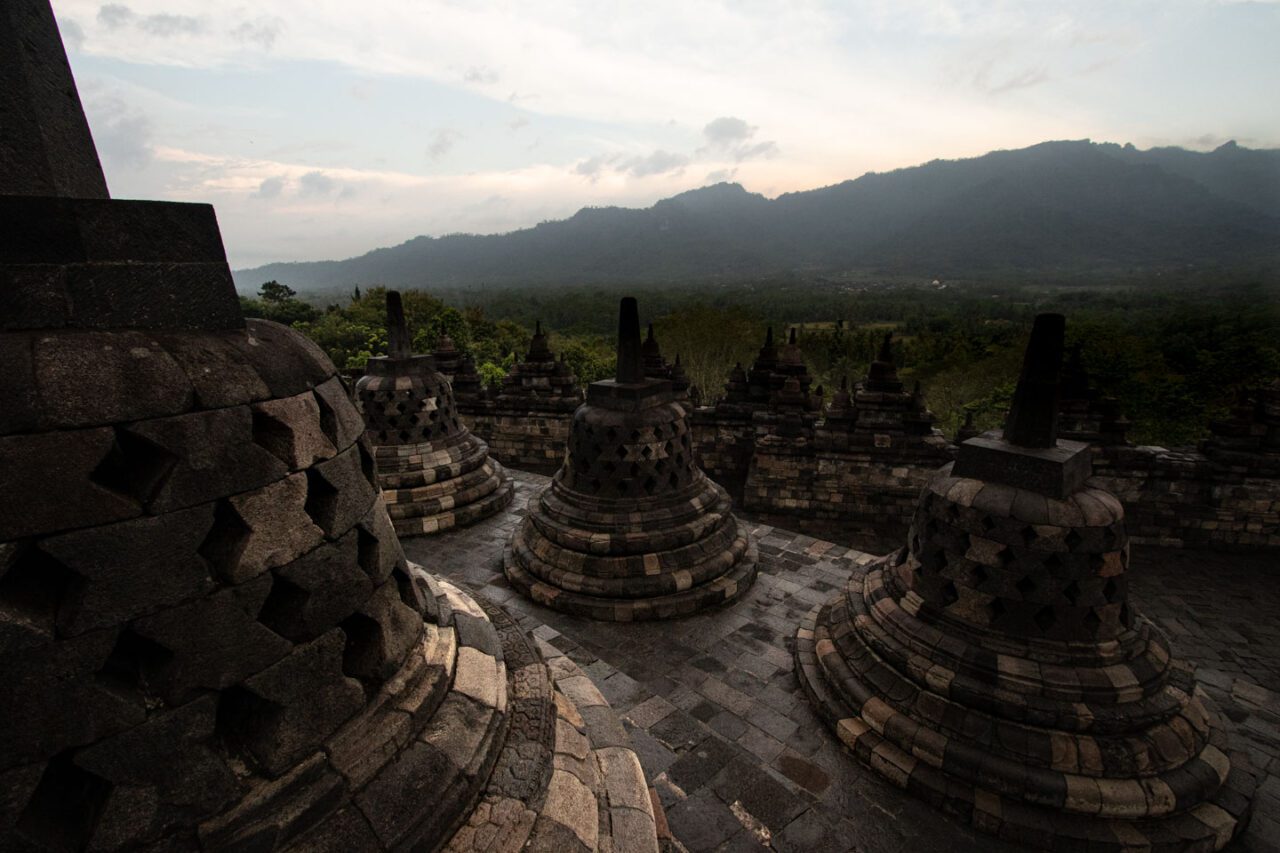
4. The Whole Language Thing
Don’t expect everyone to speak English, especially once you venture away from the tourist hotspots. In those Insta–famous areas? Sure, you’ll manage fine. But wander off into the actual, real Java and the language barrier gets real.
Learn a few basic Indonesian phrases before you go – it makes SUCH a difference! The locals absolutely light up when you make even the tiniest effort to speak their language.
I survived with just “Terima kasih” (thank you) and “Selamat pagi” (good morning) plus a lot of smiling and charades-style hand gestures.
Ended up having some of my favorite conversations that way, even with neither of us understanding half of what the other was saying!

5. The Trash Situation We Need to Talk About
OK so here’s the thing Instagram doesn’t show you – some parts of Java have a serious garbage problem.
It’s not like the entire island is covered in trash, but certain spots definitely don’t match those perfect social media pics.
Tourist hotspots especially get overwhelmed with waste because there are just so many people and sometimes not great systems to handle all the trash.
As visitors, we gotta do our part. I started carrying a reusable water bottle, saying no to plastic bags, and picking up after myself. Also tried to stay at eco-friendly places when possible.
It might seem small, but if all of us tourists made tiny efforts, Java would stay gorgeous for way longer. Nobody wants to see paradise turned into a dump, right?
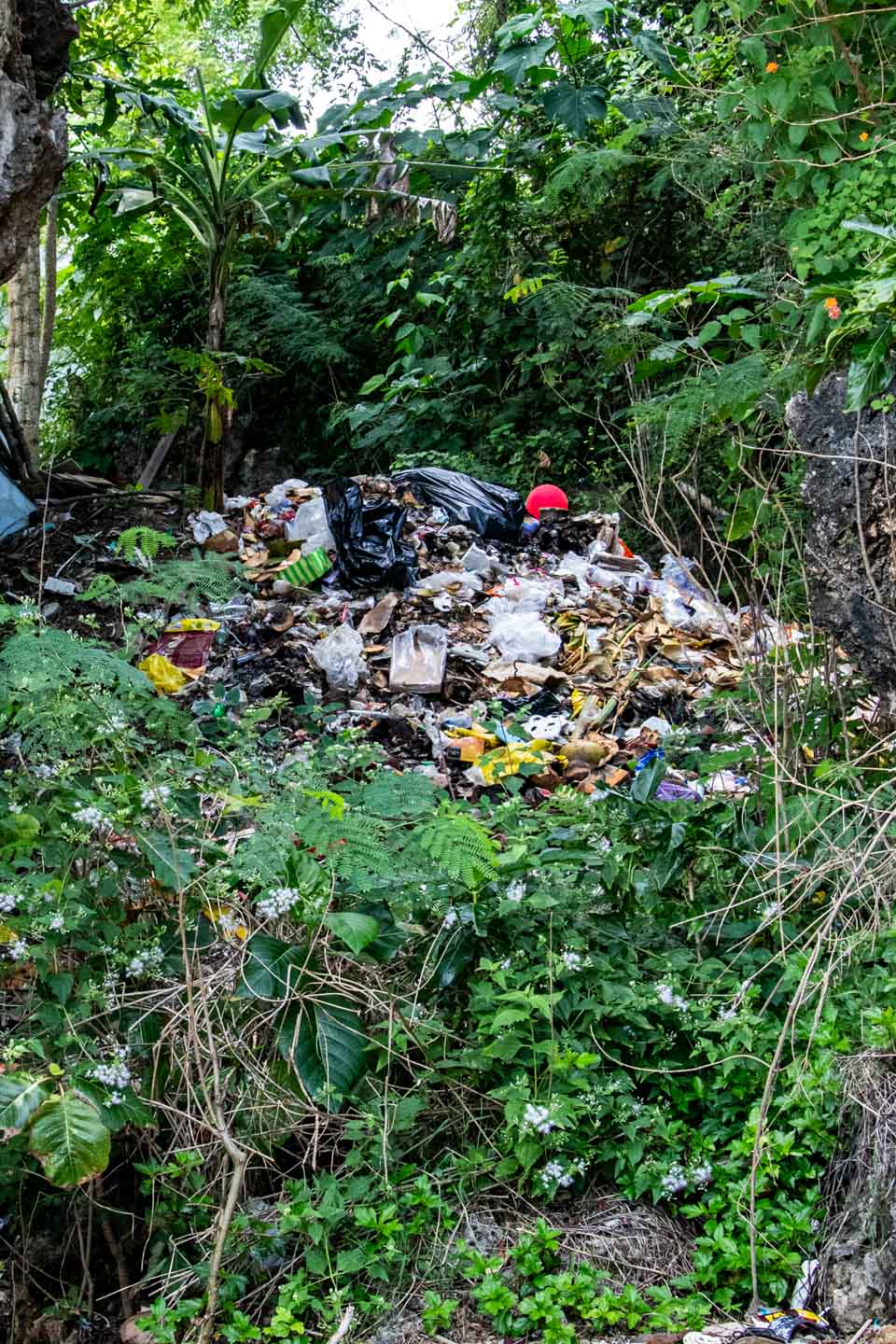
Travel Budget Calculator
Get your free Travel Budget Calculator now and plan your trip without the stress of overspending!
So… Is Java Worth It? My Honest Take
Look, Java island has its issues – the crowds, the traffic jams, rainy days, language mix-ups, and yeah, the trash problems. But would I go back tomorrow if I could? In a heartbeat.
The incredible landscapes, mind-blowing temples, food that still makes me drool thinking about it, and some of the friendliest people I’ve ever met make all the annoying stuff fade into the background.
Just go with realistic expectations, be prepared for a few bumps along the way, and Java will absolutely blow your mind.
Have you been to Java island? Shoot me an email with your experience! And if this helped you decide whether to book that ticket, share it with your travel buddies!
Pin this for later!
More travel stuff you might like:
